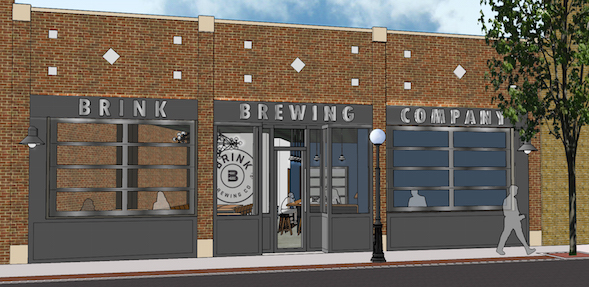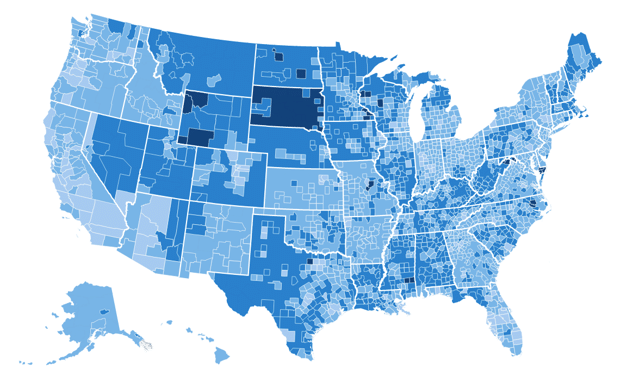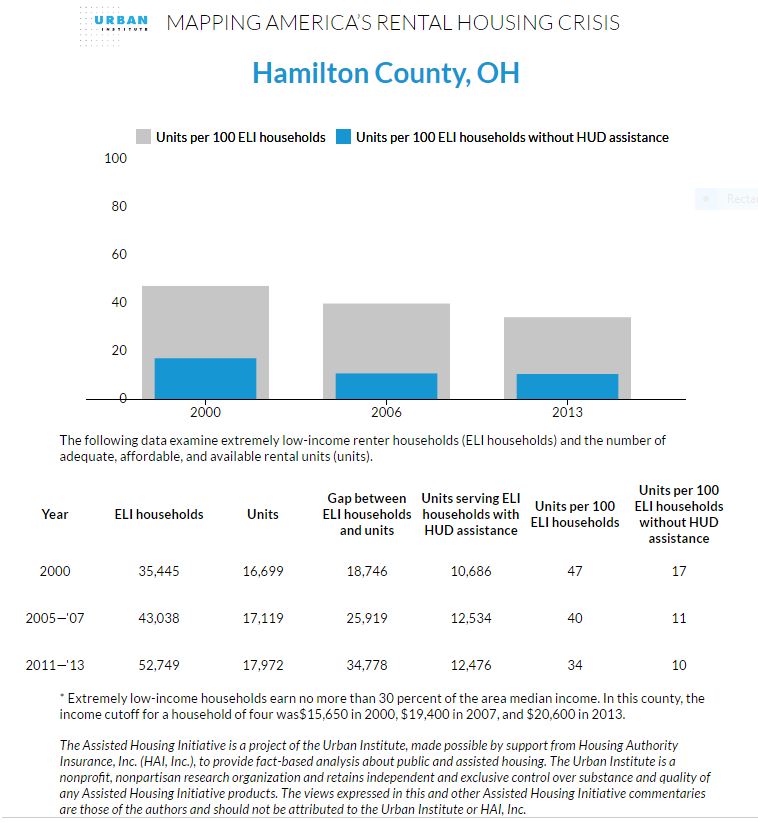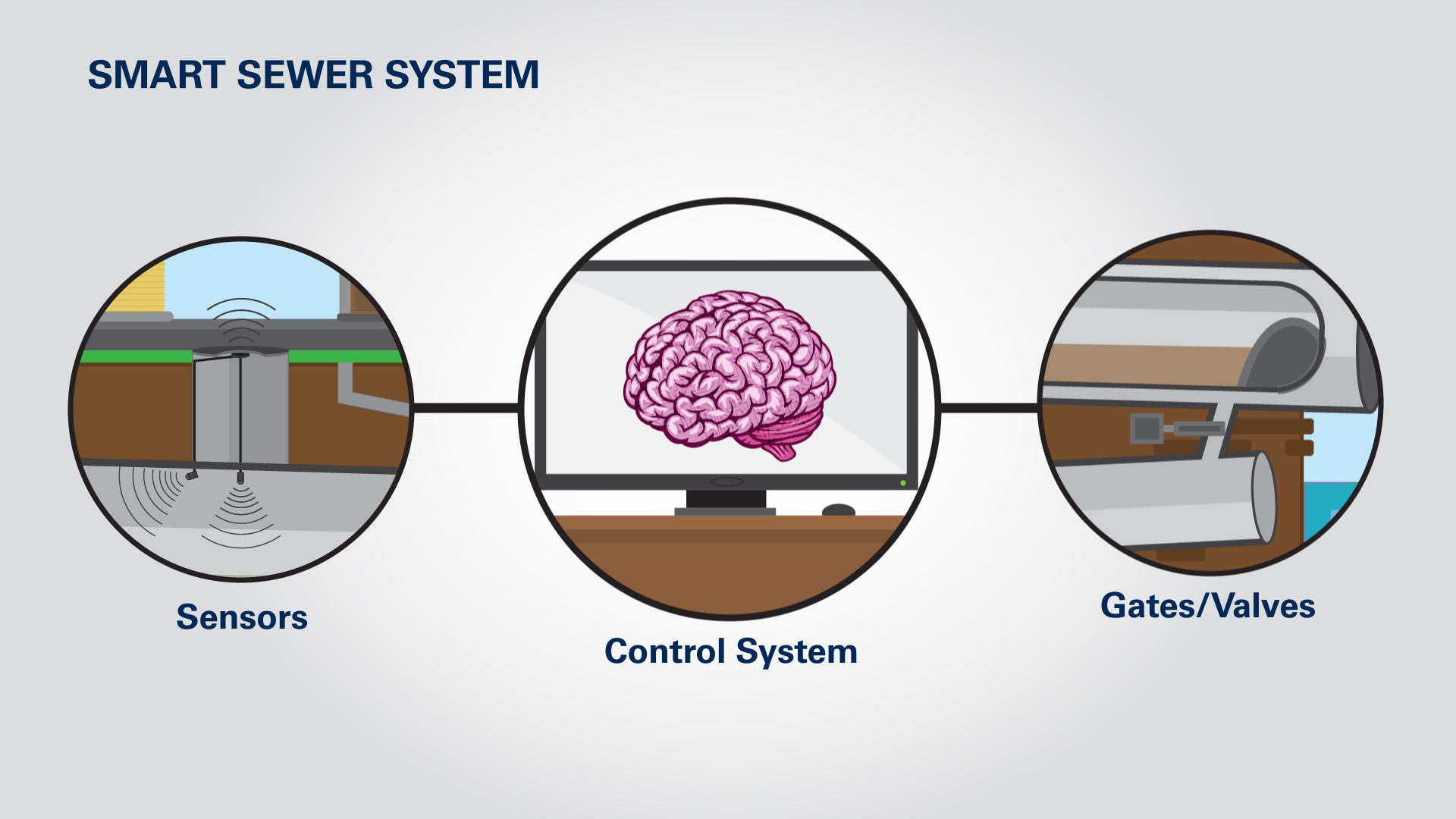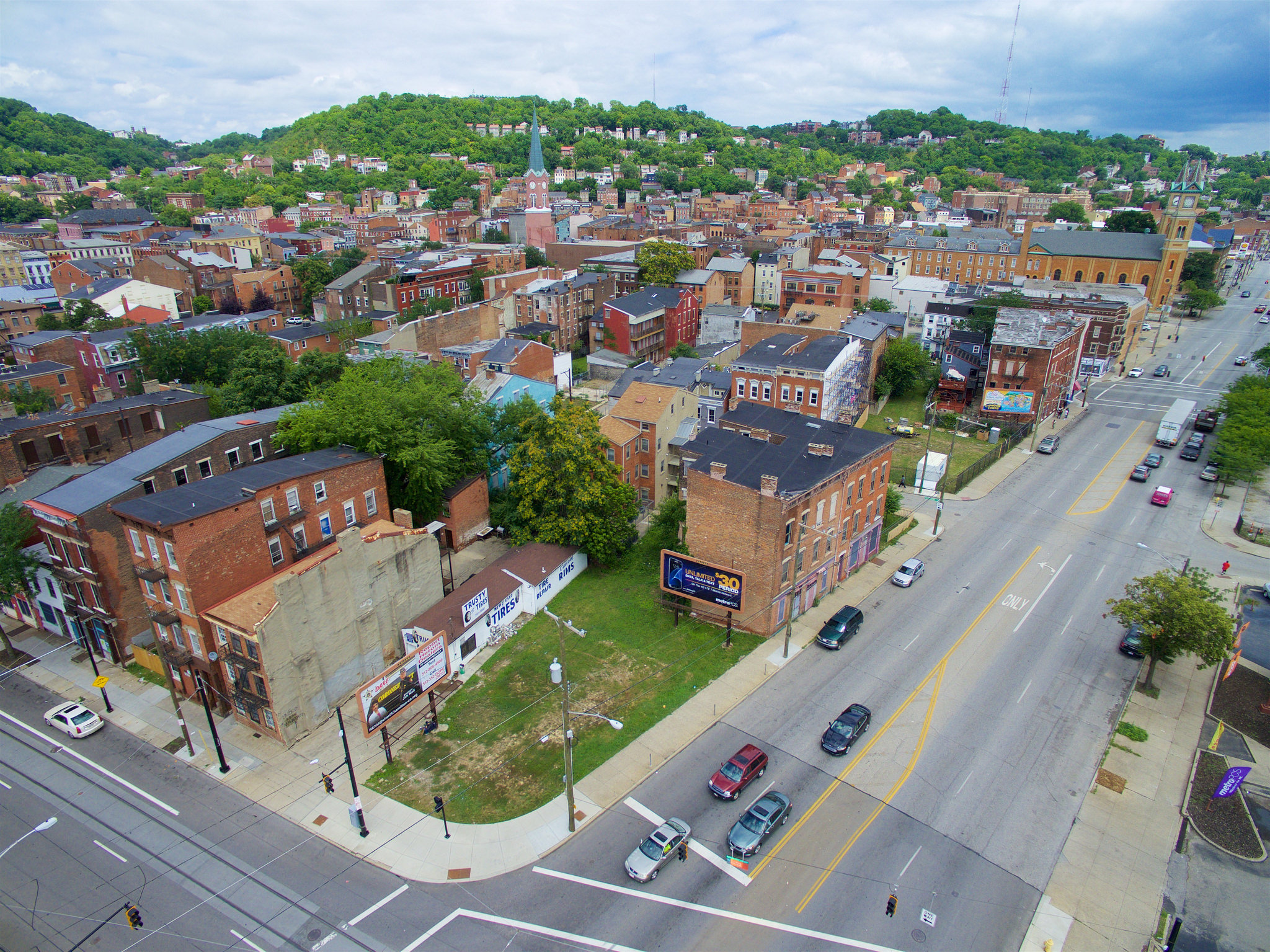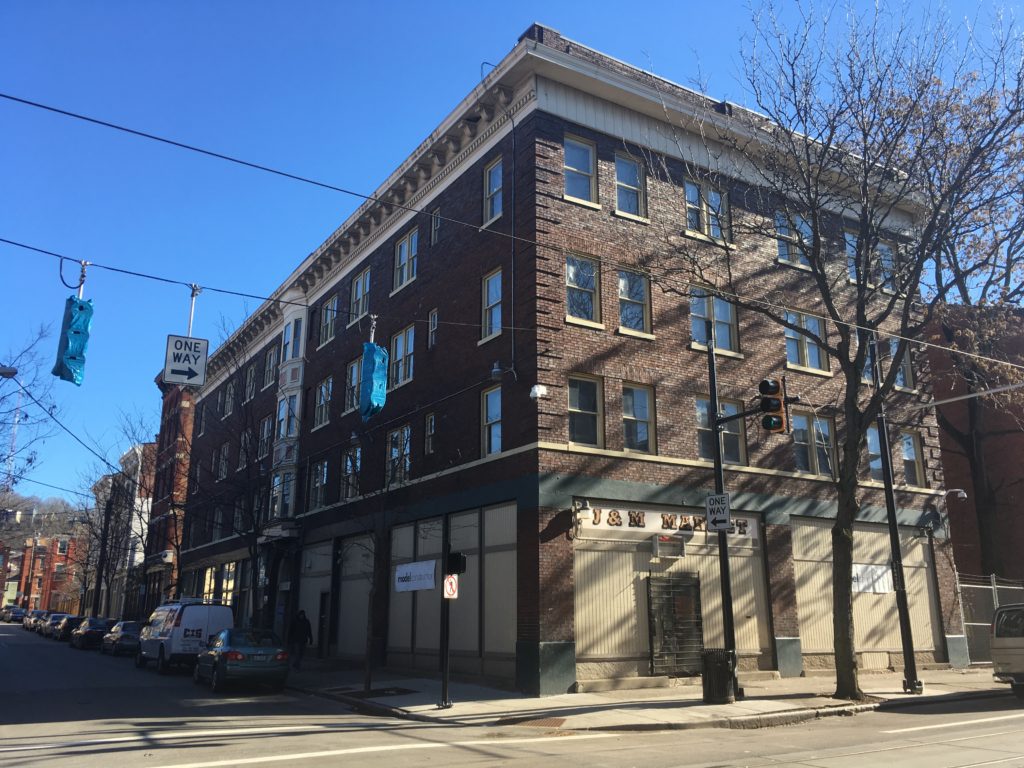Craft brewing has taken the nation by storm and as evidence from the Ohio Craft Brewers conference held here in Cincinnati a few weeks ago, the phenomenon shows no sign of slowing down. One factor that has eluded many speculators predictions of “Peak Craft Brew” is the fact that many craft breweries come in different shapes and sizes. Even locally, whereas Rhinegeist and Madtree push for more distribution, smaller scale breweries have opened with the focus on neighborhood Main Streets like Brink Brewing in College Hill.
This trend is the focus of the Congress for New Urbanism’s Midwest Chapters first regional event. Titled, ” The New Neighborhood Brewery,” the event will focus on neighborhood craft breweries and their impacts on building neighborhood revitalization efforts throughout the Cincinnati, Northern Kentucky and Dayton regions.
“We’ve seen the positive impacts craft brewery scene has had on local neighborhoods and we want to get to the heart of what is their formula for success,” said Jocelyn Gibson, the Event Organizing Committee Chair, “Our hope is that this event will spur more communities to consider craft breweries as a tool for neighborhood success”
The event will take place on Friday March 3, starting at 12:20 PM at the Woodward Theater in Over-the-Rhine. It will conclude with a panel discussion and happy hour within viewing of the annual Bockfest Parades march down Main Street. Tickets are $25 a person and can be purchased via CincyTicket.
The event will be feature speakers from the Over-the-Rhine Brewery District, local brewers, real estate experts and neighborhood advocates. It will also provide continuing education credits for the American Planning Association.
The Midwest chapter of the CNU is dedicated towards advancing the issues of revitalizing urban neighborhoods in cities and towns across the region. The organization has three central goals including reclaiming public space for people, reactivating and reconnecting vibrant neighborhoods and championing urban development that is enduring, adaptable and human scaled. The chapter committee is in the process of becoming a regional chapter of the organization spanning from western Pennsylvania to central Indiana and from Lake Erie to Lexington Kentucky.
Woodward Theater is located within a block of Cincy Red Bike, Metro bus routes #17,19,24 and 16. And is two blocks north of the Cincinnati Bell Connector Hanke Exchange Station at 12th and Main.
